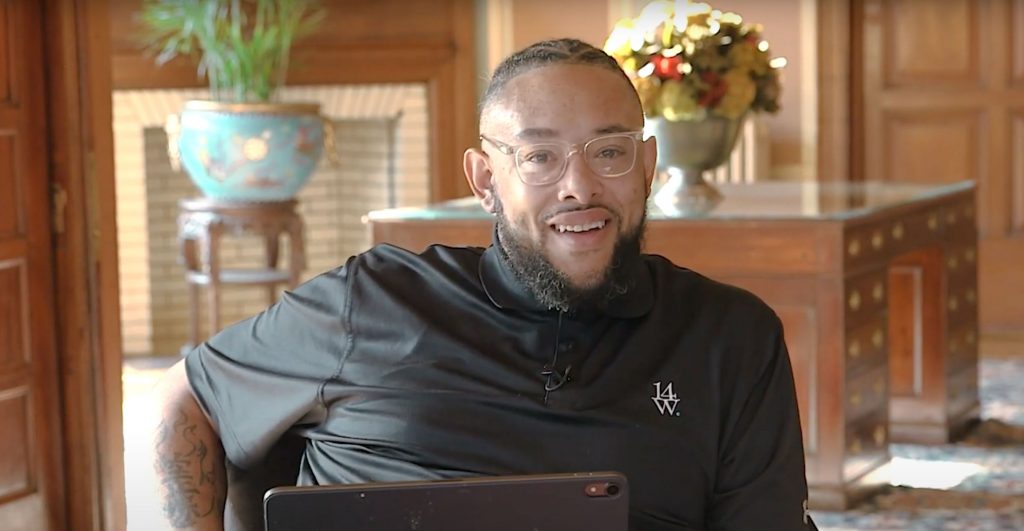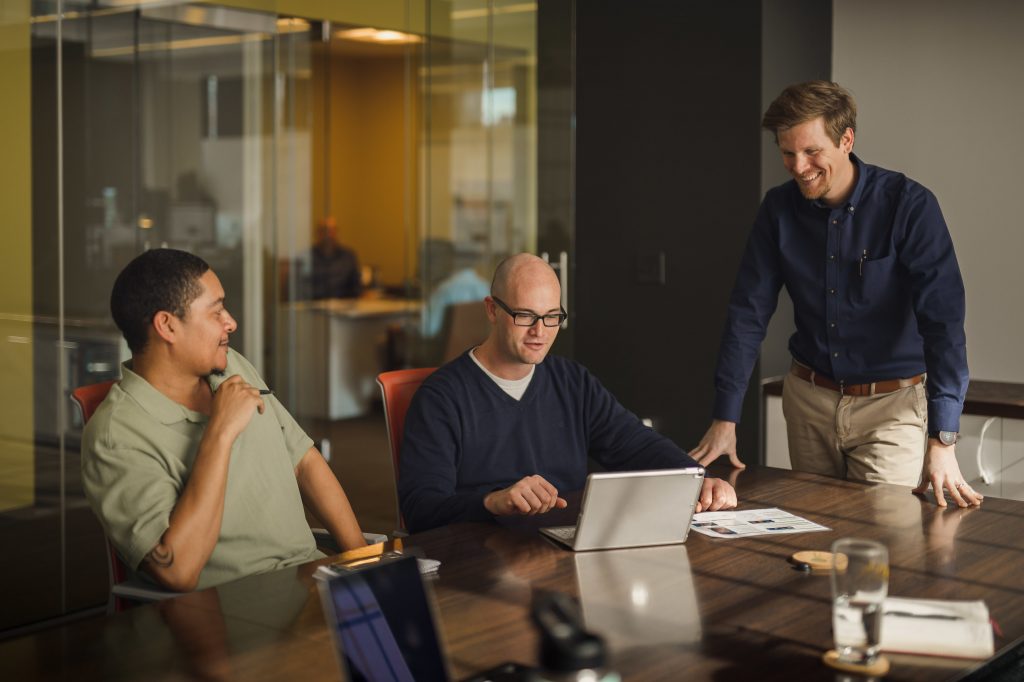Using Employee Feedback to Weather “The Great Resignation”

Whether you’re a believer or a skeptic when it comes to the greatness of “The Great Resignation”, it’s hard to ignore. Maybe your business or team has lost some good people. Maybe not. In one case you’re left asking, “How do we stop the bleeding? “In the other, you may be wondering, “When is it coming for us?” We can’t answer those questions. The reality is – even despite the overwhelming amount of research and opinion around these very same questions – no one can. This topic is deep, involved, and delicate.
But I can tell you what some of the strongest companies we know – when it comes to retention, engagement, and performance – are doing. I moved into a new role in the HR space about 6 months ago. In that time, I’ve conducted over 100 Stay and Exit Interviews with employees at all levels. During these confidential one-on-one interviews, I take detailed notes on the employee’s relationship with their manager, confidence and trust in leadership, and sentiment toward the company in addition to a number of other important components of their experience. After compiling and analyzing employee feedback, I deliver reports to company executives that outline trends in what could be improved and what’s going well. What I’ve consistently found is that the best employee experiences are directly linked to many of the same leadership and management behaviors. And a lot of it is really simple stuff – things any manager can do in daily interactions with their people.
THE TOP 5 LEADERSHIP HABITS OF HIGHLY ENGAGED EMPLOYEES
TRANSPARENCY
Keeping employees informed is always key to a healthy workplace. This includes decisions being made at all levels. Transparency builds trust – plain and simple. And in today’s climate, where there is so much uncertainty regarding the future, it’s absolutely crucial.
Today’s leadership is navigating an unprecedented shift, and no one has all the right answers. Exceptional leaders aren’t afraid to admit that to their employees. The workforce would rather hear the measures leadership is taking to work through current struggles than hear nothing at all. Be open. Be honest. Be human.
COMMUNICATION
Silence opens the door to anxiety, stress and confusion. Frequent, candid conversations allow employees to gain an understanding of whether or not they are doing their job well, how they can improve, and how the work they are doing fits into the greater goals of the organization. It helps to eliminate misunderstanding and builds a sense of purpose. Employees want to know that they are needed.
A good communicator, whether they be a manager or executive, gives clear and concise feedback, is consistent, and recognizes wins. They also invite questions and ensure their teams know they are part of the conversation. Employees want a seat at the table, and they deserve to have one. When they understand how their efforts play a part in something larger than themselves, they feel more valued.
… And employees who feel valued are less likely to leave.
DEVELOPING PEOPLE
Talk with your people about their future goals and work alongside them to accomplish those goals. Take them on as your own. Find out where they want to be in 1, 3, and 5 years. Work with them to build a roadmap on how to get there. Encourage them to seek out learning opportunities.
ENCOURAGING AUTONOMY, CREATIVITY & COLLABORATION
While employees want to feel supported in their career development and know that their managers see a path for them, it’s their own path to forge. We are seeing an increased desire for freedom within individual roles, and managers need to loosen the reins. A great employee will use it as an opportunity to strengthen skillsets that are interesting to them, try new things, bring new ideas to the table, and gain a sense of ownership and passion for the work they are doing. Not to mention, they’ll have more fun. And as far as we’re concerned, fun is good.
BEING FORWARD-THINKING & ALIGNED
It’s difficult for a person to see a future for themselves at a company that doesn’t have a clearly communicated vision. Leadership should have a collective agreement on what the goals are for the organization. And they should instill those goals into every project. In order for people to feel that they have a sense of purpose, they need to know that they are all working towards a greater goal that they can be proud of, and they are all doing it together.
In summary, people at all levels have been affected by the pandemic – likely to different degrees and in many different ways. A lot of the current workforce phenomenon is out of our control. And even the 5 behaviors above can’t guarantee that employees will stay by your side. But these are easy things to do that can strengthen engagement and retention. They aren’t breakthrough practices. In fact, they all trace back to one objective – to be trustworthy at the helm.
Facebook | Instagram | LinkedIn








